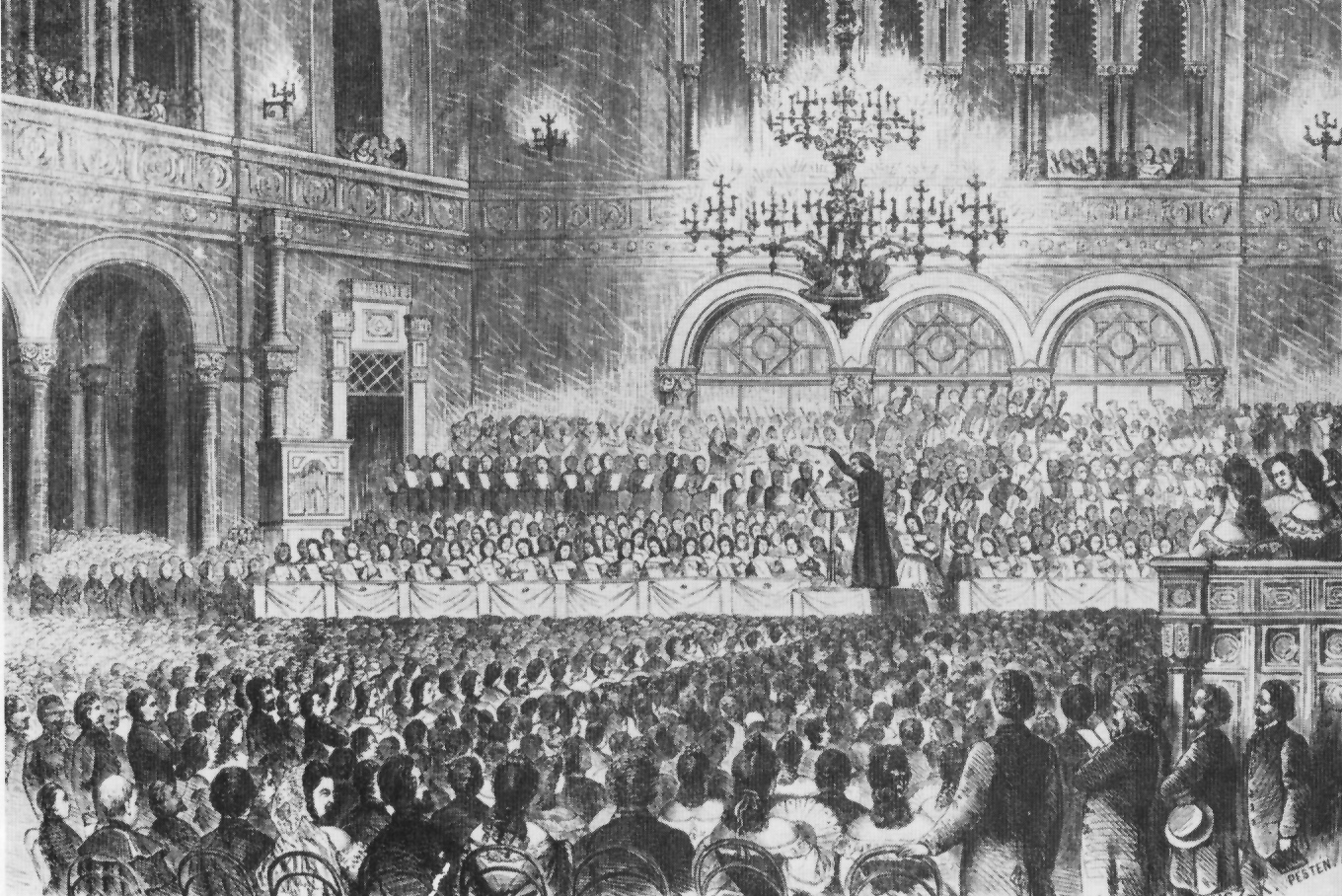Classical Music’s Blasé Rap
Eric Hauck - September 11, 2023
Lisztomania or Liszt Fever: “The intense fan frenzy directed toward Hungarian composer Franz Liszt during his performances.”
Listening: Harmonies poétiques et religieuses and Deux Légendes
Franz Liszt was the first international superstar, garnering reception akin to modern day Taylor Swift back in the 1800s. On tour, fans would fight over his gloves and handkerchiefs, steal his broken piano strings, get dressed to the nines only to faint upon seeing his face (Liszt was also the first pianist to turn the piano so that the profile of his face could be seen. What a diva). The Same Franz Liszt who was the flashiest, most virtuosic performer and composer of the age, the same man who wrote Hungarian Rhapsody No. 2 (think Tom and Jerry), was a deeply reverent Christian who thoughtfully composed for the glory of God. Liszt set Psalm 129 to music along with sacred 29 choral works. The piece you are now listening to is from a set called “Poetic and Religious Harmonies.” A cycle (or collection) of piano pieces that encapsulate a combination of his signature drama and emotional range and his reverence for the liturgy. Liszt also practiced what he preached. Later in his career (your 40s are considered late in your career when you began touring at 12) Liszt would give all his piano lessons for free, donate vast amounts to the church and charity, and stuff envelopes full of cash whenever someone wrote him expressing financial hardship.
Listening: Chaconne from Partita No. 2 BWV 1004
J.S. Bach is the most important composer in all of history. End stop. I could go on and on about how his counterpoint set the foundation for all western composition following and how we can still see his influence in the form, structure, and harmony in music today. But what is more egregiously overlooked is the fact that he was a thoughtful follower of Jesus, a Lutheran to boot. The man taught Luther’s Small Catechism as the Thomaskantor in Leipzig! Everything he wrote (with the exception of the 2-part inventions which were study pieces for his children), was with both eyes pointed to God. He would arrange notes at cadences in the Orhelbüchlein to resemble crosses. The horrible dissonance that rattles the church at the crucifixion in the St. John Passion best embodies the gravity and subsequent suspension of Jesus’ death.
The reason for this history lesson? A few weeks ago, I heard a young member at church asking her friend- “Do you go to the baby service, or Contemporary?” I couldn’t help but cringe. Because every style of music has merit, and every style of worship can help us realize the Word. I love each service equally and I think each style of music has a unique approach that is equally evocative. I have the pleasure of worshiping at Contemporary and Traditional and have the strong sense I would miss out on a fuller understanding of the message if I had only gone to one or the other. The range of music interacts with the scripture in innumerable ways while different styles emphasize different things.
So, to the young member from a few weeks ago, to anyone who hears “classical music in church” and thinks “slow, soft, boring Fresh Market soundtrack music,” and to those who haven’t gone to the Contemporary service in a while (and vice versa), just remember that all music and worship is carefully selected and prepared with clear intent. Classical music can be rockin’ and angsty, contemporary music can be tender and thought provoking. And all music can affect babies and grandparents alike. We as believers can make great, unexpected strides on our own spiritual journeys by opening ourselves up to the new color unfamiliar music shines on familiar text. We owe it to ourselves. We owe it to God.

